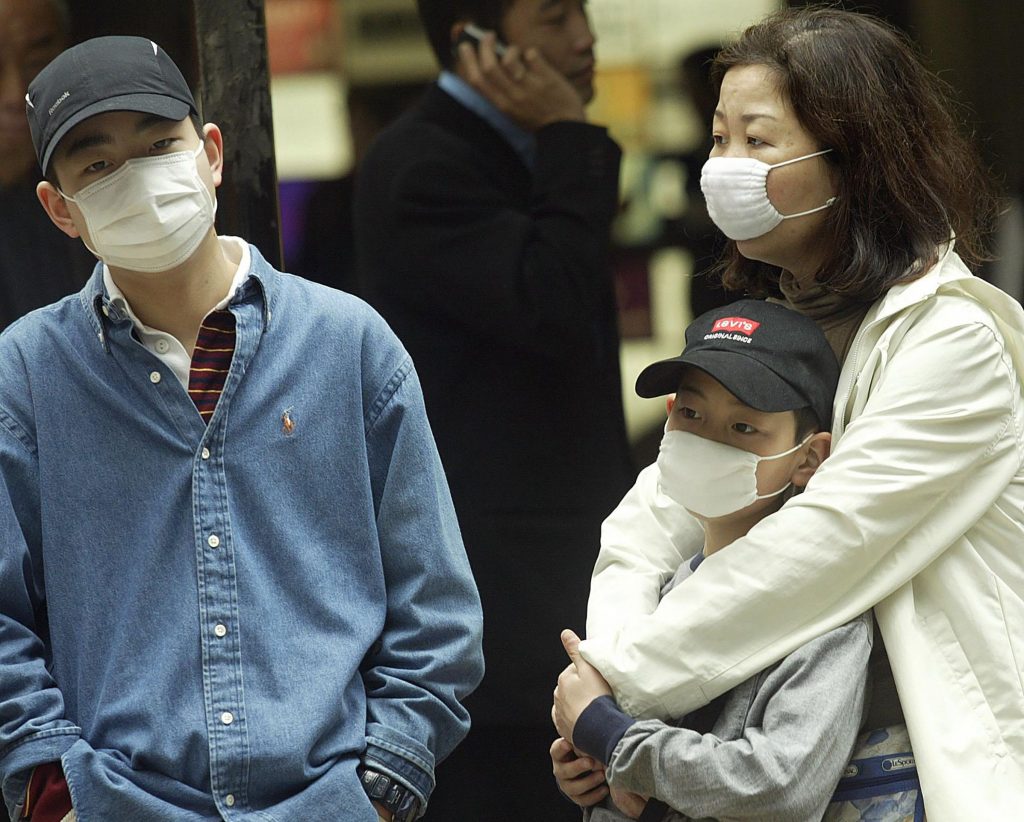Geneva/ Washington: The World Health Organization (WHO) Monday warned against “blanket measures” over the novel coronavirus outbreak, pointing out the epidemic outside of China was only affecting a “tiny” proportion of the population.
WHO also said that — with a mortality rate of around 2 percent — COVID-19 was “less deadly” than other coronaviruses such as Severe Acute Respiratory Syndrome (SARS) or Middle East Respiratory Syndrome (MERS).
WHO officials rejected the suggestion that all cruises should be halted to avoid risking a new nest of infection like the one on the coronavirus-hit Diamond Princess off Japan.
“Measures should be taken proportional to the situation. Blanket measures may not help,” WHO chief Tedros Adhanom Ghebreyesus told reporters in Geneva.
The outbreak, which has infected some 70,500 people in China and killed over 1,700, has battered manufacturing and tourism across the region and led to multiple travel restrictions including for flights and cruises.
“If we are going to disrupt every cruise ship in the world on the off chance that there might be some potential contact with some potential pathogen then where do we stop?” said Michael Ryan, head of WHO’s health emergencies programme.
Ryan said that even at the epicentre of the crisis in the city of Wuhan in central Hubei Province, the “attack rate” — a measure of the speed of spread of the virus — was four per 100,000.
“This is a very serious outbreak and it has the potential to grow, but we need to balance that in terms of the number of people infected. Outside Hubei this epidemic is affecting a very, very tiny, tiny proportion of people,” he said.
Tedros also referred to an apparent decline in new cases of the disease in recent days but said that the trend “must be interpreted very cautiously”.
“Trends can change as new populations are affected. It is too early to tell if this reported decline will continue. Every scenario is still on the table,” he said.
Tedros said that more than 80 percent of patients infected with the virus have mild disease and recover, while 14 percent have severe diseases such as pneumonia.
Around five per cent of cases are considered critical with possible multi-organ failure, septic shock and respiratory failure and, in some cases, death,” he added.
Tedros said there were “relatively few cases” among children and more research was needed to understand why.
Meanwhile, 13 US citizens deemed “high risk” for the deadly new coronavirus are being treated at a federally designated facility in the University of Nebraska following their evacuation from a cruise ship in Japan, officials said.
A total of 338 Americans were flown home from the Diamond Princess cruise ship off Japan’s Yokohama, touching down first at Travis Air Force Base in California shortly before midnight Sunday.
The second flight arrived early Monday at Joint Base San Antonio-Lackland, Texas.
“A select number of high risk patients were transported onward from both locations using those same aircraft to Omaha, Nebraska for care at the University of Nebraska,” Health and Human Services official Robert Kadlec told reporters.
State Department official William Walters added these included six passengers from the base in California and seven from the base in Texas.
Some of these included spouses and it was not clear how many had tested positive for the COVID-19 virus.
Shortly before the flights left Japan, US officials were informed that 14 of the passengers, tested days earlier, had received positive results.
Some patients were also being treated at hospitals near the California.
The medical staff in Nebraska are re-testing the cases for themselves, after those patients were placed in isolated areas of the two planes for the journey home.
“Until we’re done with testing they’ll be self-isolated to their room,” Shelly Schwedhelm, an official at the University of Nebraska Medical Center, said in a separate briefing.
She added that 12 of the patients were in a quarantine unit while one was in a bio-containment facility — one of three selected in the country to care for US citizens evacuated from Africa with the Ebola virus.
Forty other US citizens who had been on the ship and had previously tested positive were being treated in Japanese hospitals and were not allowed to fly.
Beyond those brought out on the latest flights, Walters, the State Department official, added that the government was continuing to track the movements of 60 US nationals still in Japan.
The government is also following 92 US citizens who remain on the Westerdam cruise ship off Cambodia as well as 260 more in hotels in Phnom Penh.
“Roughly 300 American citizens have departed Cambodia but only after testing by the government of Cambodia’s ministry of health,” he added.
Impoverished Cambodia is a staunch Chinese ally with a threadbare medical system.
There have so far been 15 confirmed cases in the US, according to the latest tally by the Centres for Disease Control and Prevention.
AFP
